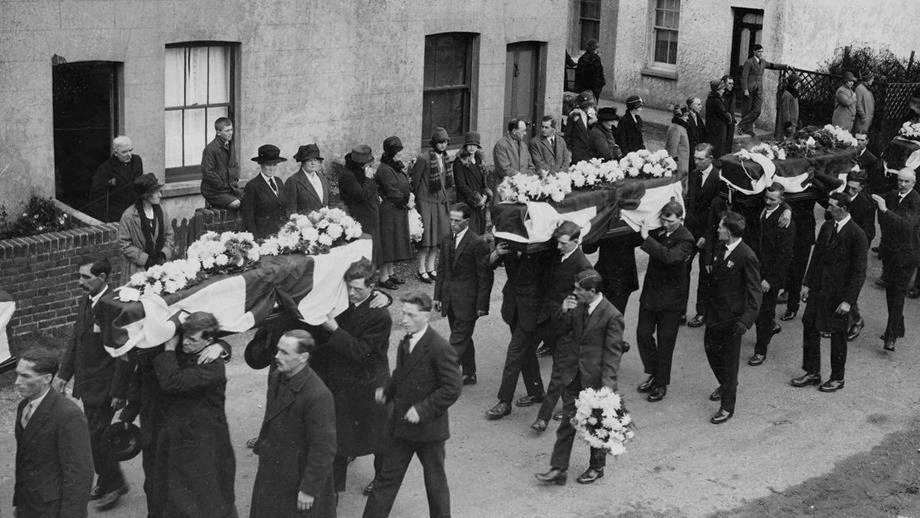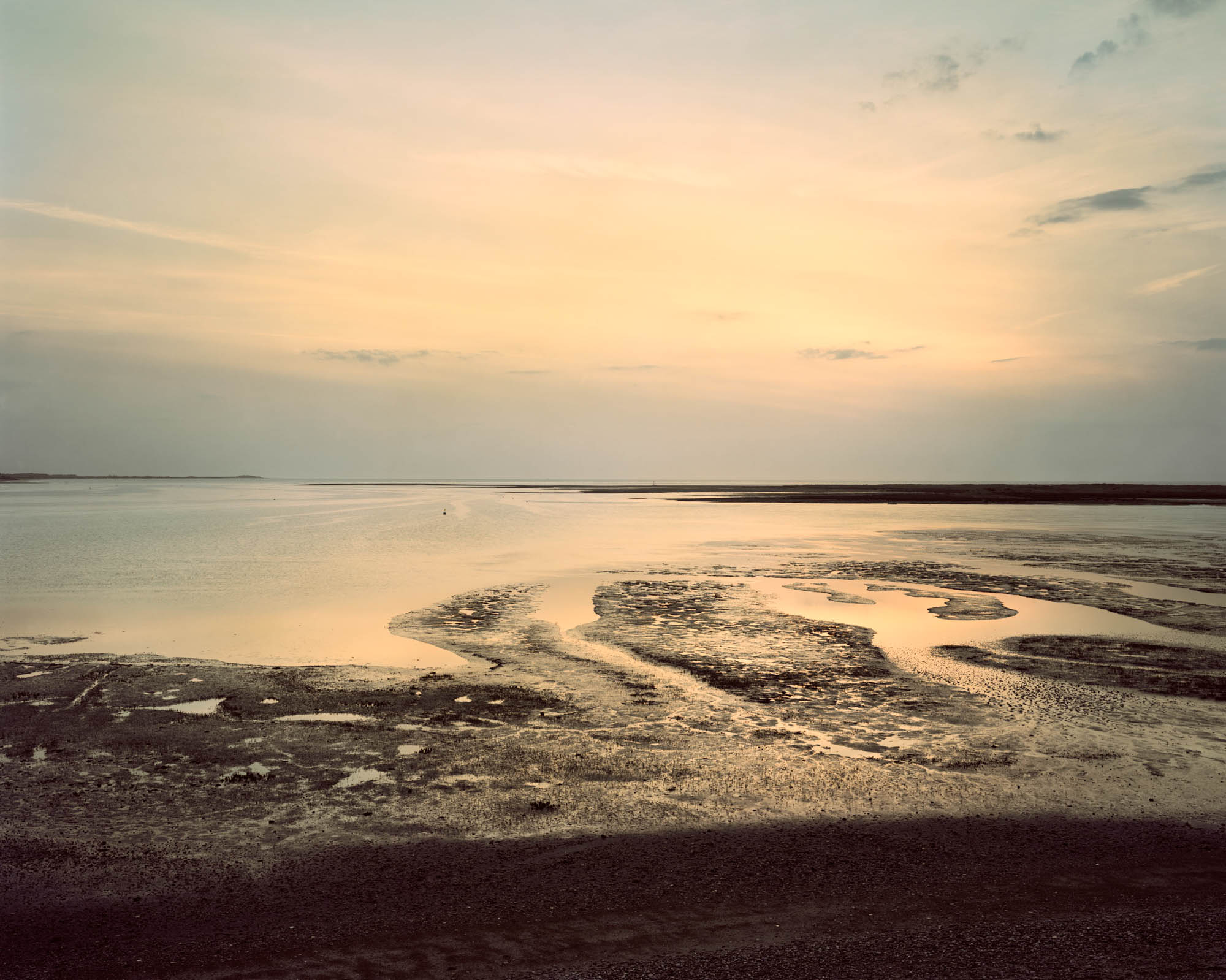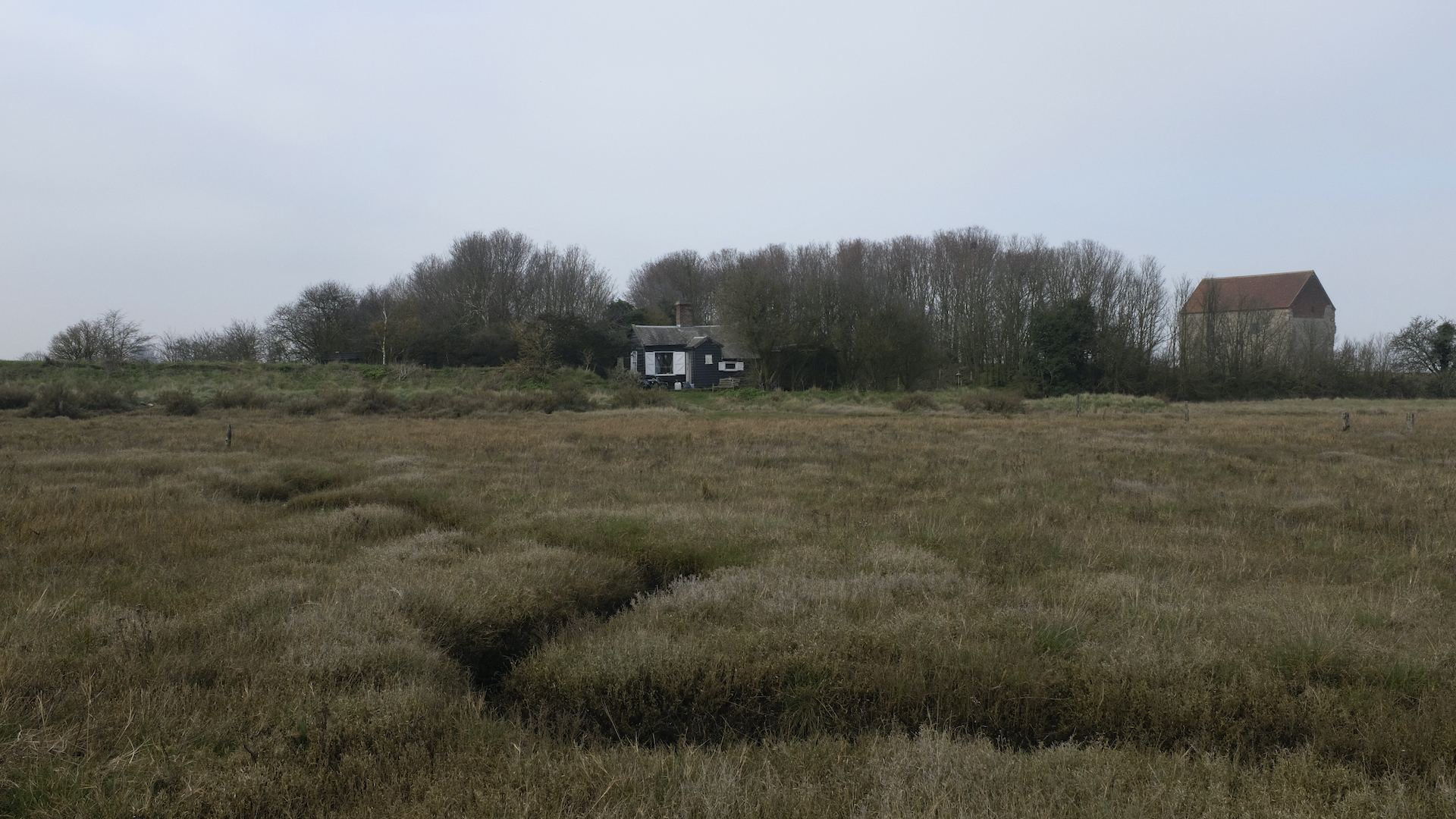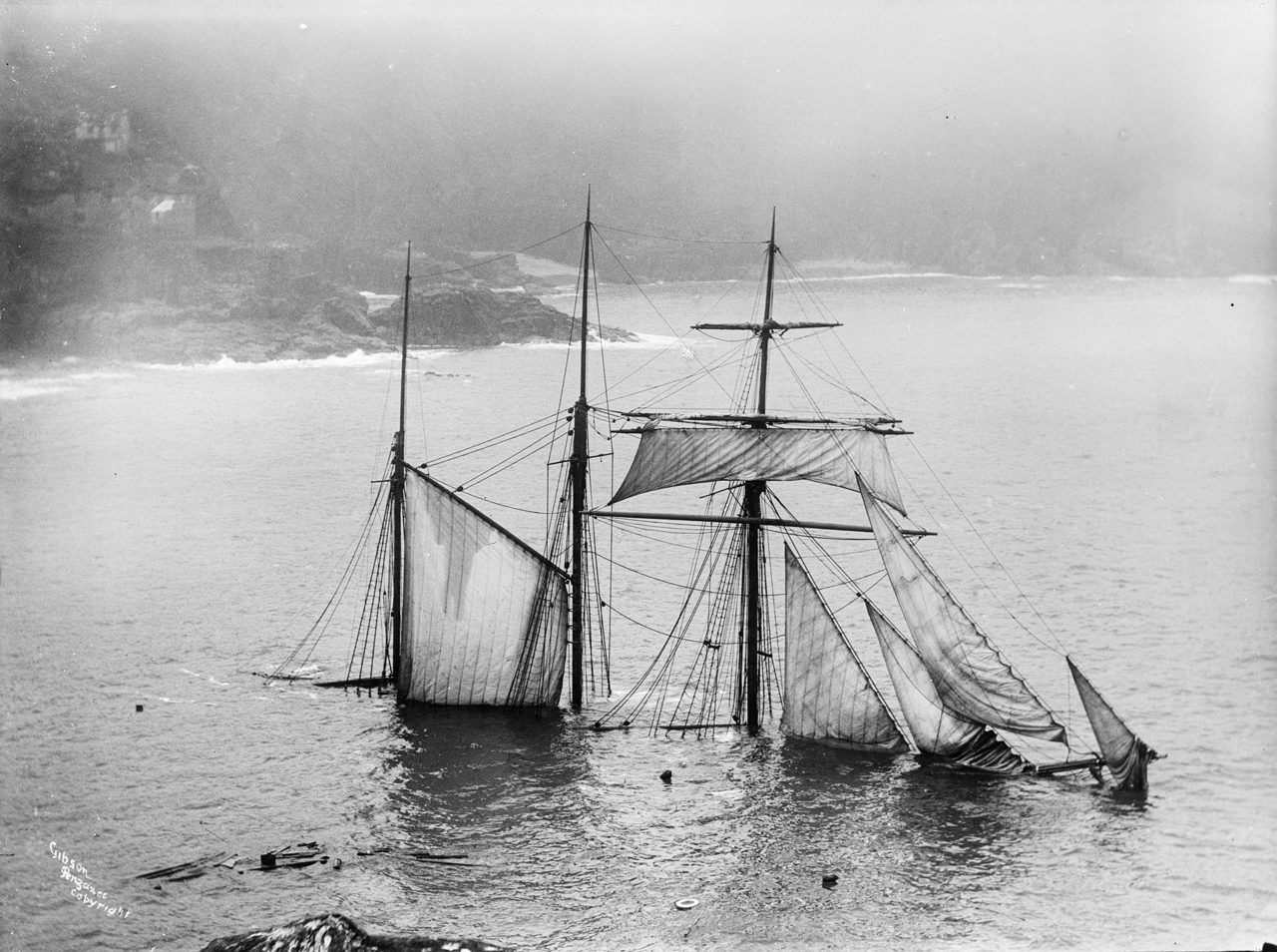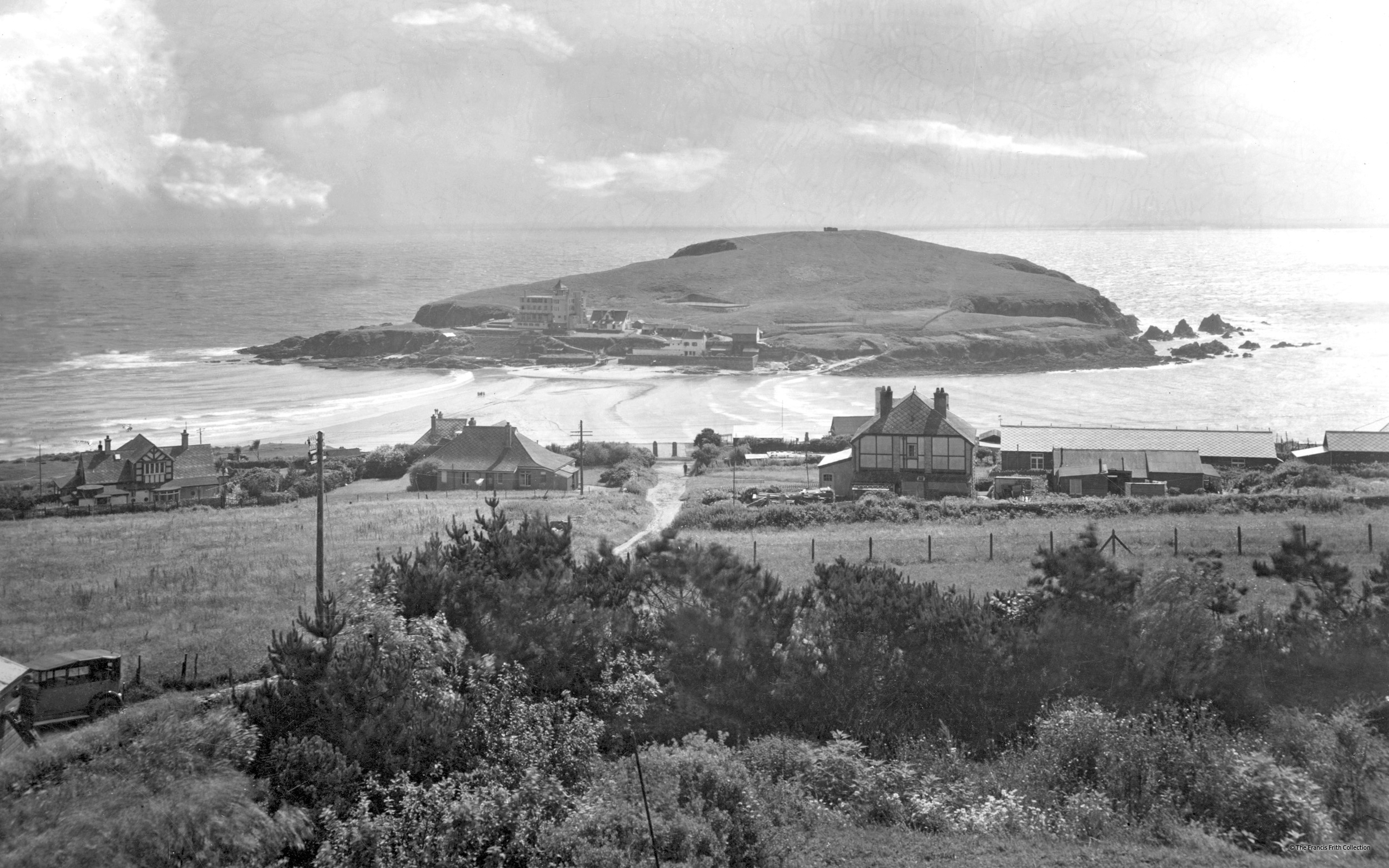PALMERSTON ISLAND I Cook Islands, South Pacific
A small pocket of England deep in the Pacific Ocean
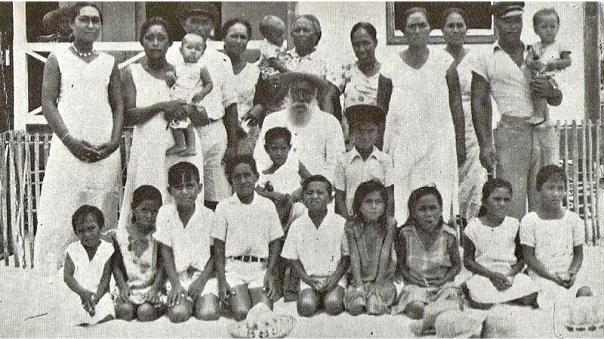
Photographer Unknown

NASA
Disclaimer: The Coracle has not been to this island. In its defence this is one of the world’s most inaccessible locations, unless you have your own yacht, it’s at least a three month round trip for the islanders to get to the dentist.
Palmerston is located 310 miles off Rarotonga which is the capital of The Cook Islands group in the middle of the deep blue Pacific Ocean. When good Captain Cook landed on Palmerston in 1777 it was unpopulated, although possibly used infrequently by those great seafarers the Polynesians, who fanned out across the eastern Pacific between 830 and 1360. Cook named it after one of the Lords of the Admiralty but the Polynesians called it Avarau, meaning 200 harbours. Remote as it is, at least you had a few options when you did finally arrive.
The Brits were all over Polynesia like a rash by the 19th century: explorers to find the islands then traders to exploit their natural resources of coconuts, sandalwood, pearl shell and bêche-de-mer. With a reputation for free love (sex), sunshine and natural beauty it wasn’t long before the missionaries arrived to throw some iced holy water on proceedings. In this climate, the odd able seaman was tempted to jump ship and live as a renegade beachcomber thereby escaping the drudgery of rainy hierarchical old Blighty. William Marsters was a ship’s carpenter but around 1863 he rocked up on Palmerston with one wife (Akakaingaro), soon acquired two more (Tepou and Matavia) and later a fourth (Arehata). This may account for the small grin he has in the photo below but more importantly, how did he get the extra wives on an uninhabited island? Each wife/family was allocated a different section of the main island and intermarriage was forbidden. So that’s answered one concern you might have had.

Photographer Unknown

Google Earth
William was born around 1831 in Misterton, a small village in Leicestershire. Having married and fathered two children, he ran off to sea soon after, supposedly inspired by sea shanties heard in the pubs of old England. After a bit of whaling and some gold panning in America, he returned to the sea but decided to jump ship in Polynesia. Ships there were aplenty, which possibly made the island slightly less remote back then. Only slightly mind. He popped up as manager of Palmerston, in a deal with a Tahiti based Scottish trader called Mr Brander to produce copra (dried coconut kernel). Brander’s ships gradually stopped coming to collect the island harvest but William liked his new home so much that he never left.
Despite the odd hurricane, his house still stands today, built mainly from the wreck of the Annie Laurie which foundered soon after he arrived. Maybe it wasn’t a paradise of domestic bliss since he was said to always carry a revolver, after a plot on his life by some of his wives. In their defence, he was possibly a bit of a tyrant and forced everyone on the island to only speak English. One happy upshot of this that particularly excites linguists, is his descendants’ wonderful old accent the like of which you won’t have heard before unless you were picking apples in a West Country orchard circa 1854. Old William sadly died of malnutrition when the thousands of coconut trees he planted got blight but the wifelets did manage 17 children. Old man Marsters offspring now number in the tens of thousands across the Pacific, although the permanent population on the ancestral home is down to 58 descendants, keeping the Marsters vibe alive.
Ownership of the island was a little messy. By the late 1880s, there was much heated debate and letter writing between acting consuls, high commissioners and ultimately Downing Street. Eventually, in 1892, William received a 21 year lease to live there from Queen Victoria. How she came to own it is the story of the Empire itself, it was certainly in a far more genteel manner than Gibraltar or Jamaica but presumably, the competition among world superpowers wasn’t that intense. The island is now owned by the descendants of wives 2-4 and administered by the Cook Islands Government in association with New Zealand. You’ll still find pictures of Queenie in people’s homes though, the Duke of Edinburgh has visited three times, English is the lingua franca and a nice cup of tea is still the hot drink of choice.
Top fact: the best spot on the island for parrot fishing is called Scratch My Arse Rock, named by William, maybe as a riposte to those back in the UK.
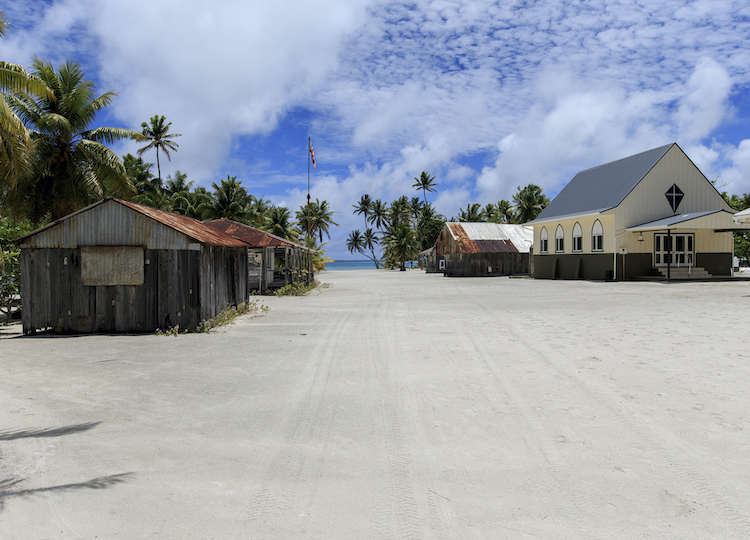
Home Island/Imagesource
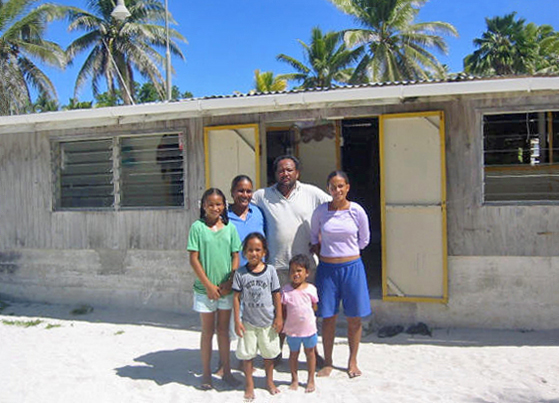
Present Day Descendants/Photographer Unknown
Palmerston is very low lying and as such, very vulnerable to rising sea levels which threaten its existence. Even without global warming there were notable hurricanes that literally swept the island in the 20s and 30s. William’s house still stands but there are few historical documents extant on the island, possibly they were lost in these storms. There’s been a squall of Masters lore handed down orally over the years but John Roberts and others have tried to reveal as much of the truth as possible by tracing written records off the island. You can read John’s comprehensive investigations here or you can purchase his book here.
Sisters in the Sun is the classic read.
Native Strangers covers the beachcombers and castaways of the south seas.
